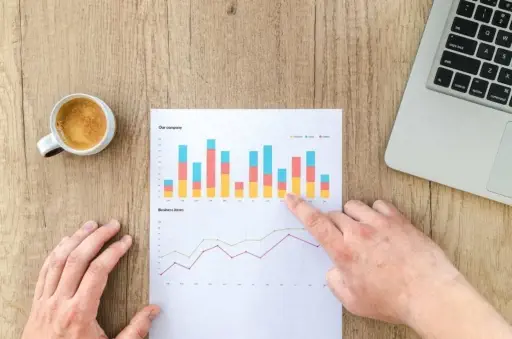Margin analysis: understanding the health of your business
The analysis of a company's margins is a fundamental step in any financial analysis.
Philanthropy is not a prerequisite for a company whose main vocation is to create value and wealth. A company sells products and services to its customers, but this must be done at a higher price at cost price The costs incurred by the company to meet the needs of its customers. This allows the company to generate a "margin". Without a margin the company would not be profitable. We can therefore easily deduce the formula :
Gross margin = sales price excluding VAT - cost price excluding VAT

Margin analysis: where to find the margin in my financial statements and how to analyse my margin?
The margin is not always directly readable through the profit and loss account that your accountant provides you with directly or through a tool. Reading the margin leads to notions of " intermediate management balance The following is a list of the "rules of the game" provided for in the chart of accounts (GIS). This reading makes it possible to analyse the company's result by breaking it down into several important indicators. This makes it easier to read the information on the business, and in particular the formation of its profit or deficit.
The GIS include production margin or trade margin, value added, gross operating surplus (GOS), operating result, current result before tax, extraordinary result and net result.
Nevertheless, this vision (GIS) is not suitable for all types of activity because the construction of the margin differs according to the activity.
The analysis of margins and their levels in relation to the competition is a revealing the more or less strong strategic position of the company in its sector.
The relevance of the margin calculation rule depends on your activity. The margin calculation will be different in a service, in industry, construction, distribution... Depending on the business, and especially on how you want to monitor performance, it is possible to construct your profit and loss account with the appropriate margin levels. This is preferable.
We will take the example of a pService provision. We can imagine several levels of margins:
- Gross margin on business (MBA): difference between turnover and the direct costs of people working on the customer's business
- Gross Operating Margin (MBO): gross margin on business minus indirect costs on business; e.g. staff supervising teams at the customer's premises
- The gross trading margin (MBC): gross operating margin minus the costs of the sales function.
- ...

Here we have chosen to create three levels of margin to measure :
- The performance achieved on the services carried out by our consultants at our clients' premises (MBA). This allows us to have the gross margin on the business. This ensures that our consultants are making money for us in the first place.
- The performance of the direct management structure of our consultants (MBO). Indeed, consultants are not left in the wild without supervision or follow-up. We wanted to trace the cost of this supervision. Moreover, we must ensure that with the gross margin generated previously we are able to finance this supervision.
- The performance of the commercial structure (MBC). It is clear that to win business we need effective commercial activity. This margin level allows us to track the cost of the sales function. It also ensures that the same gross margin can cover that cost.
To complete the picture of your activity and measure the gross operating surplus (GOI), you need to add the other "structure" costs: rent, electricity, support function costs, etc. We will deal with this topic in another article.
Conclusion
With these different levels of margin, you are automatically able to challenge your selling prices and see if they are in line with your structure's needs. Be careful, however, as this does not mean that the price you set is the "best price". fair price ". However, this will be at least the price that will allow you to run your business.
As a reminder, it is the market that sets the price. If your price is very different from the market price you may want to ask yourself questions about optimising your operating costs (see article Cost killing: what's behind it?).
Do not hesitate to call on the consultants of our firm of business consultancy to help you set up the right level of monitoring and steering of your margins.




